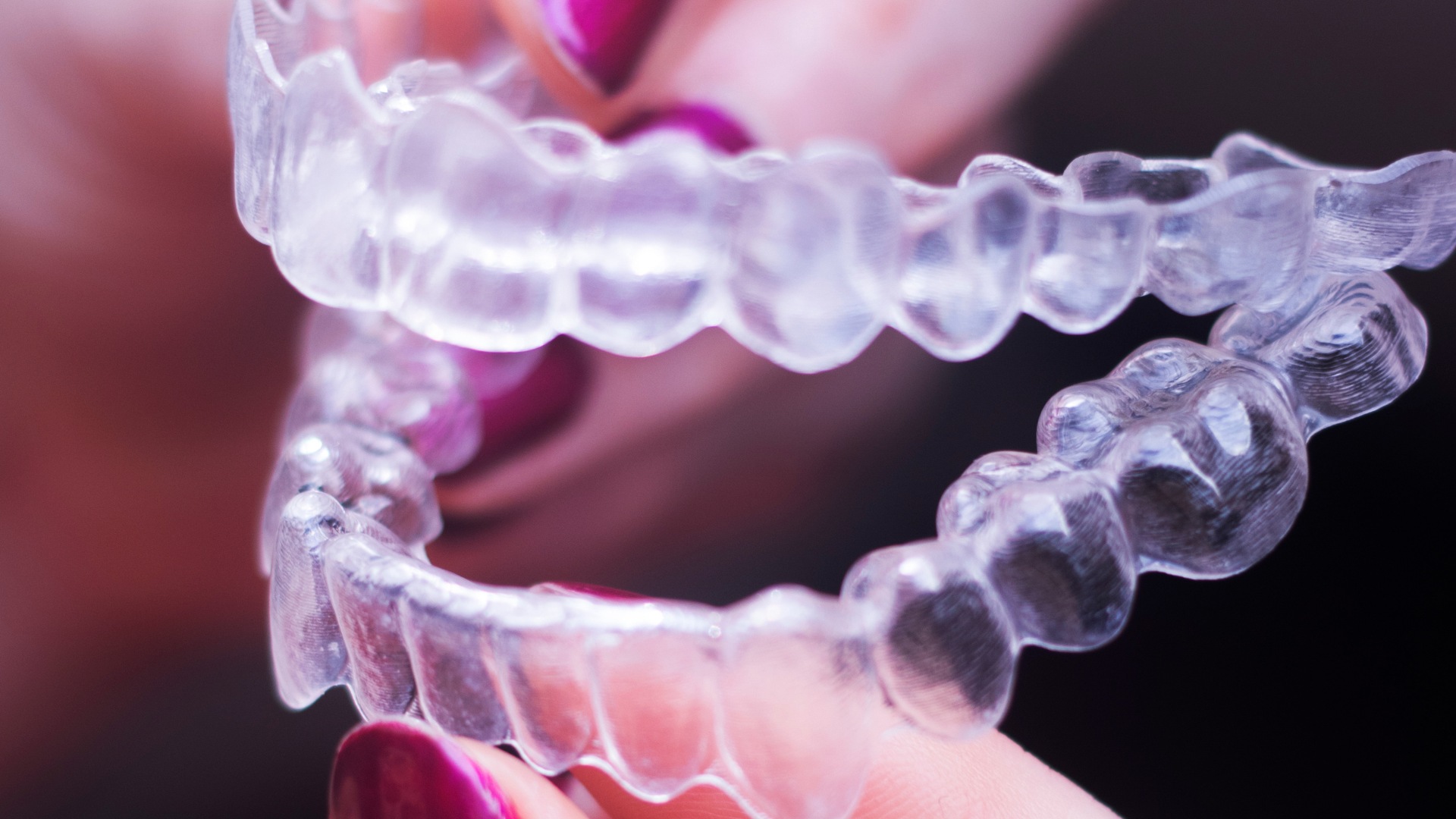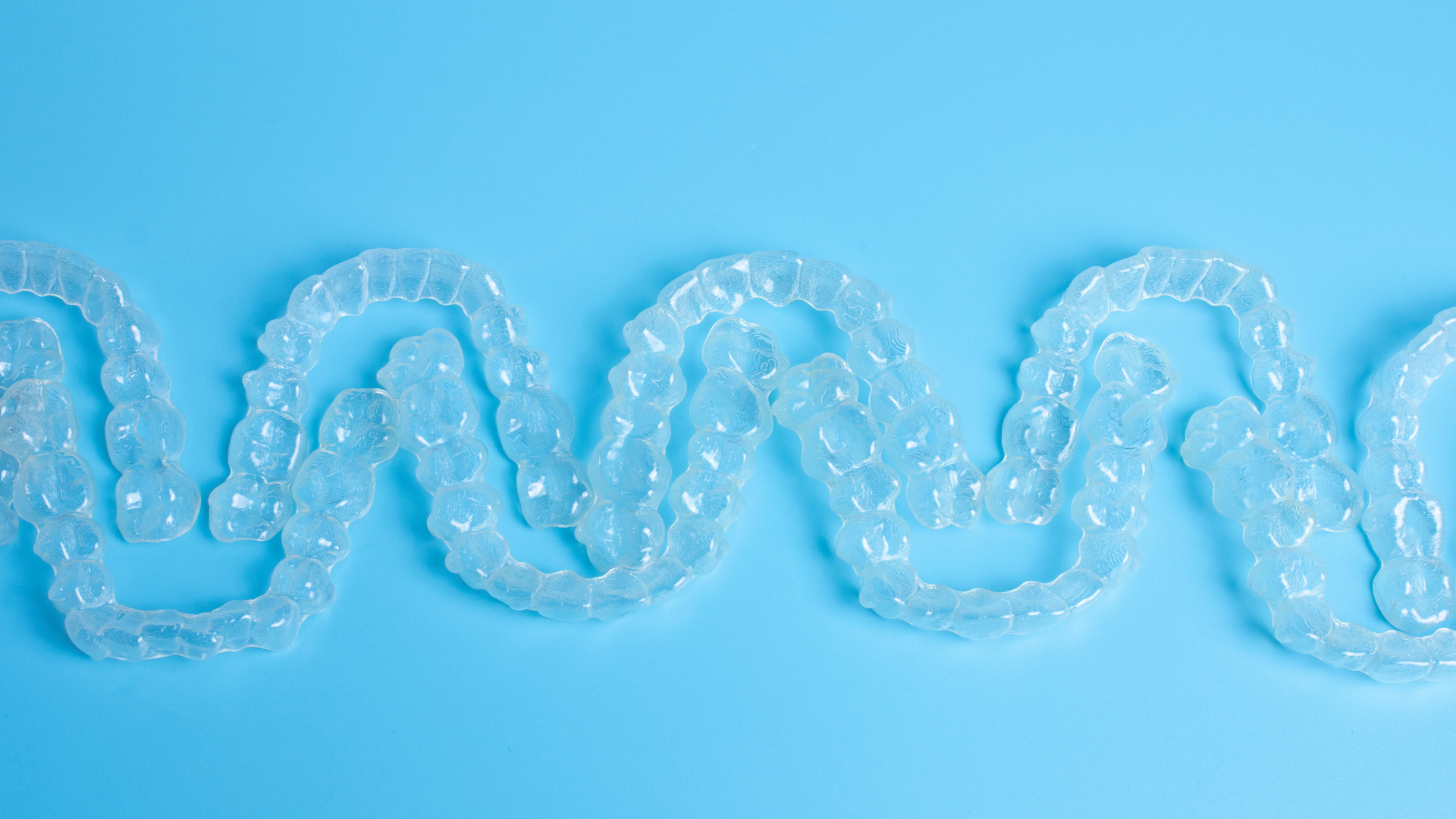Lost a Filling or Crown? Here’s What to Do Before You See a Dentist
A lost filling or crown can be uncomfortable, inconvenient, and concerning—but with the right steps, you can protect your tooth and alleviate discomfort until you can receive professional treatment. This guide breaks down exactly what to do (and what not to do), offering practical first-aid tips, home remedies, and guidance to navigate this common dental emergency.
1. Stay Calm and Safeguard the Area
First, don’t panic—stay composed and assess the situation. Locate the missing crown or filling, rinse your mouth with lukewarm (not hot or cold) water to clear debris, and avoid forceful brushing around the affected tooth.
2. Find and Preserve the Restoration
Try to retrieve the missing piece—whether it’s a crown or filling. If you can find it, store it safely in a clean container and bring it with you to the dentist. Some restorations can be temporarily reattached, saving both time and cost down the line.
3. Protect the Exposed Tooth
With the filling or crown gone, the exposed tooth may be sensitive to temperature, air, and bacteria.
- Rinse gently with warm saltwater to soothe irritation.
- Use over-the-counter temporary dental cement or denture adhesive to seal the area short-term (available at pharmacies)—follow package instructions carefully.
- Out of alternative options? Dental wax, sugar-free gum, or even petroleum jelly can act as stopgap protective coverings, but they’re not replacements for dental cement.
4. Relieving Discomfort Safely
To manage any pain or sensitivity:
- Use over-the-counter pain relief, like ibuprofen or acetaminophen.
- Apply a cold compress to the cheek if there’s swelling.
- Clove oil on a cotton swab can offer temporary soothing, but apply sparingly—and never directly to gums.
- Avoid chewing on the affected side to prevent aggravating the exposed area.
5. Temporary Fixes for a Crown or Filling
If you have the intact restoration:
- Clean inside the crown or filling of old material gently with a toothbrush or toothpick.
- Make sure it still fits properly—misalignment can cause damage.
- Apply temporary dental cement to the interior and carefully reseat it, gently biting into place until applied properly.
- Remove excess cement with a soft brush or toothpick, and avoid chewing directly on it until your appointment.
6. Avoid Common Pitfalls
- Don’t use household adhesives—they contain toxic substances that could damage your tooth or gum tissue. Stick to dental-grade products only.
- If the restoration is broken or cracked, avoid reattaching it yourself and contact your dentist right away.
7. When to Seek Immediate Dental Care
Even if pain is minimal, don’t delay contacting your dentist—exposed areas can lead to infection or further damage. Prioritize an appointment as soon as possible. If you also experience intense pain, swelling, or fever, consider this a dental emergency and seek care promptly.
8. Emergency Prep: Every Dental Emergency Kit Should Include…
Build a basic dental first-aid pack to be prepared for emergencies:
- Temporary dental cement
- Dental wax or silicone
- Dental floss
- Over-the-counter painkillers
- Gauze
- Clove oil
- Instructions on what to do if a crown or filling becomes dislodged
Real-World Scenario: Quick Thinking Saves the Day
Imagine Sarah, whose filling fell out the night before a work presentation. She rinsed gently, used temporary dental cement found at her pharmacy, avoided chewing on that side, and managed discomfort until she could see her dentist the next day. Her timely actions prevented further damage and kept comfort manageable—demonstrating how preparedness matters.
9. Preventative Tips to Avoid Future Loss
- Avoid chewing ice, hard nuts, or sticky candy if you have restorations.
- Address teeth grinding (bruxism) through nightguards or other treatments.
- Keep up with regular dental checkups to catch restoration failures early before they dislodge unexpectedly.
10. Permanent Restoration Steps
Once you reach the dentist:
- They’ll assess the restoration and underlying tooth.
- If salvageable, they can clean and permanently re-cement it.
- If too decayed or damaged, it may require a new crown, filling, or other restorations.
- Follow-up will include instructions for avoidance and care of the newly restored area.
Final Thoughts
Losing a filling or crown may be unsettling, but taking calm, informed actions can protect your tooth, reduce discomfort, and simplify dental treatment later. Temporary fixes such as over-the-counter cement or dental wax help buy time and comfort until your professional appointment.
If you’ve lost a filling or crown and need guidance or want to schedule urgent care, reach out to us now—we’ll help you get your smile back on track.





